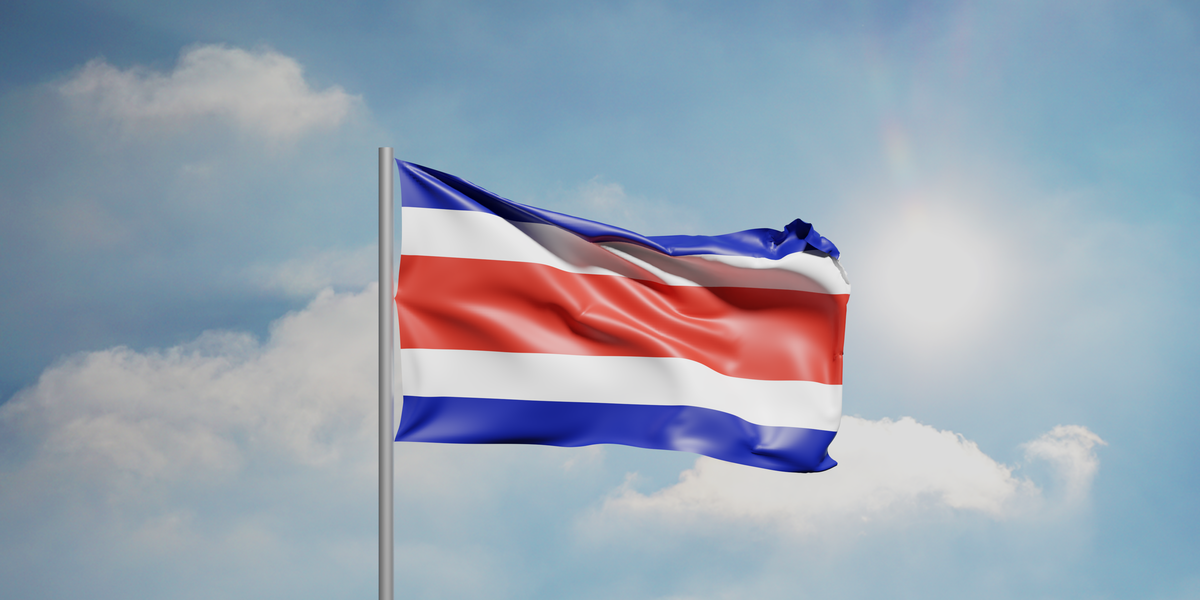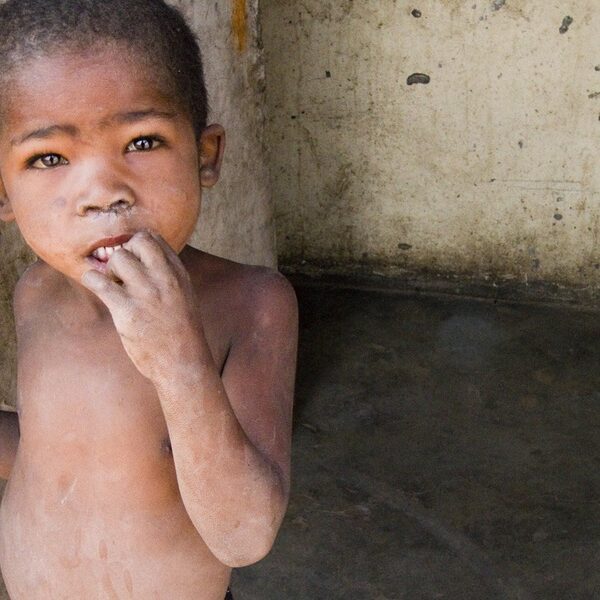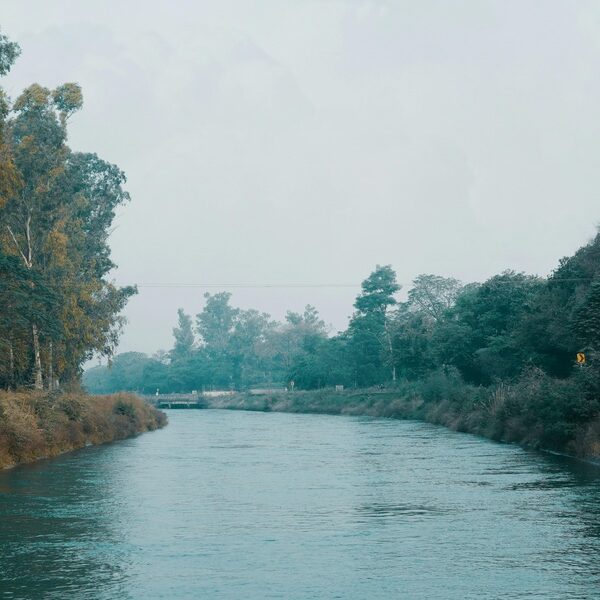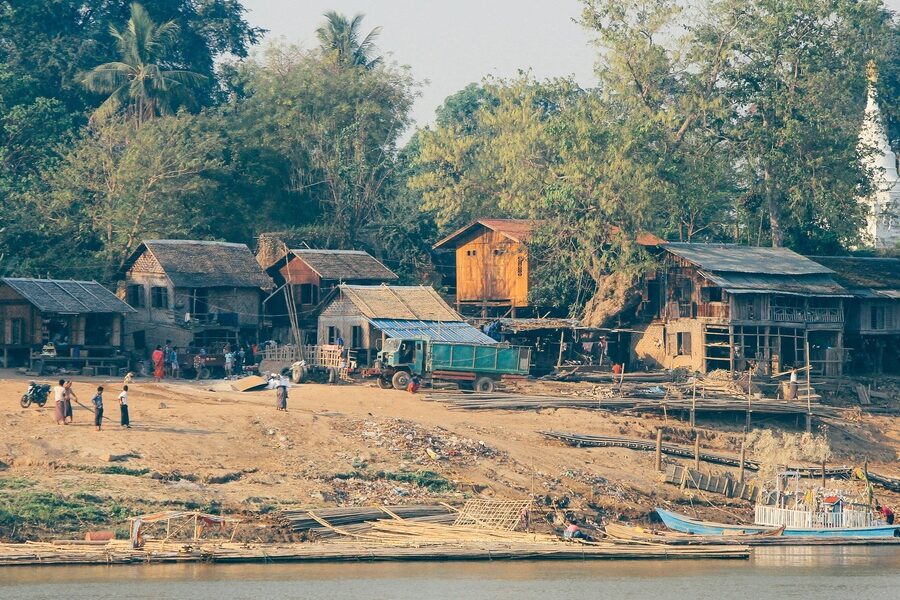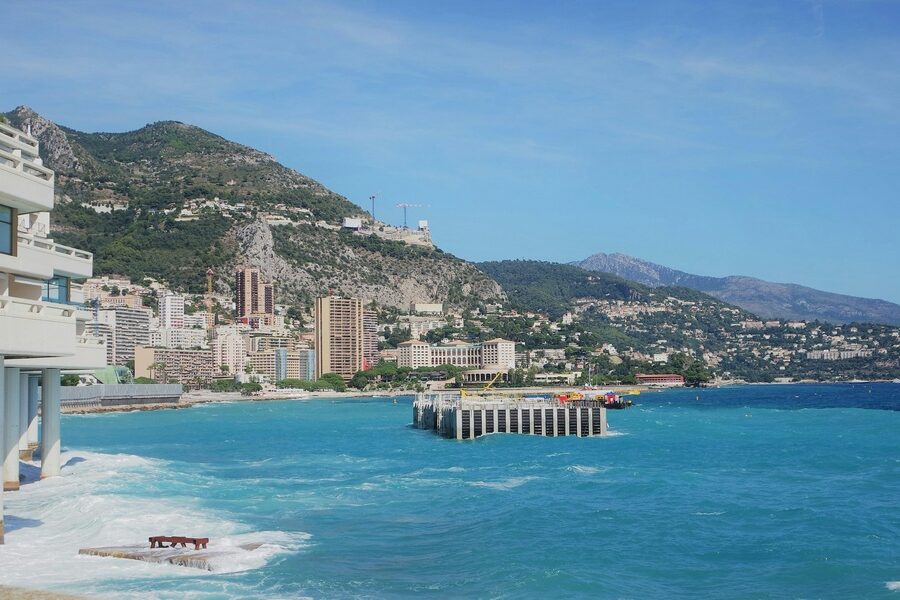Costa Rica’s communities—from Caribbean coasts to mountain valleys—support a surprising linguistic variety shaped by indigenous groups, Afro-Caribbean culture, and more recent immigration. That diversity shows up in place names, festivals and daily life across provinces and reserves.
There are 16 Languages Spoken in Costa Rica, ranging from Boruca to Térraba. The list is organized with columns for Status, Speakers, Regions so you’ll find below the key details at a glance — you’ll find below.
Which languages besides Spanish are still actively spoken in Costa Rica?
Several indigenous and creole languages remain in daily use, especially in specific regions: Bribri and Cabécar on the Caribbean slopes, Maléku in the north, Limonese Creole along the Atlantic coast, and community languages like Boruca and Térraba in their traditional territories. Speaker numbers vary widely, so the table below shows where each language is concentrated.
Are any of Costa Rica’s indigenous languages endangered and what is being done?
Yes — some languages have very small speaker populations and are considered vulnerable or endangered. Local initiatives, bilingual education programs, cultural festivals, and documentation projects help keep languages alive, and the Status column in the list indicates which tongues need the most urgent support.
Languages Spoken in Costa Rica
| Language | Status | Speakers | Regions |
|---|---|---|---|
| Spanish | Official, Vital | 5,100,000 | Nationwide |
| Mekatelyu | Creole, Vital | 55,000 | Limón Province (Caribbean Coast) |
| Cabécar | Indigenous, Vital | 8,850 | Talamanca mountain range (Cartago, Limón) |
| Bribri | Indigenous, Vital | 7,500 | Talamanca Indigenous Territories (Limón, Puntarenas) |
| Ngäbere | Indigenous, Vital | 5,200 | Southern Puntarenas (border with Panama) |
| English | Immigrant, Widespread | 50,000 | Nationwide (esp. Central Valley, tourist/coastal areas) |
| Costa Rican Sign Language | Sign, Vital | 20,000 | Nationwide Deaf Community |
| Buglere | Indigenous, Endangered | 500 | Southern Puntarenas (border with Panama) |
| Maléku | Indigenous, Critically Endangered | 300 | Alajuela Province (Guatuso Indigenous Territory) |
| Plautdietsch | Immigrant, Vital (in community) | 2,500 | Northern Zone (San Carlos, Sarapiquí) |
| Mandarin Chinese | Immigrant, Growing | 25,000 | Nationwide (esp. San José, Limón, Puntarenas) |
| Boruca | Indigenous, Moribund | 5 | Puntarenas Province (Boruca and Curré Territories) |
| Italian | Immigrant, Historical | 1,000 | Puntarenas Province (San Vito) |
| Térraba | Indigenous, Extinct (in Costa Rica) | 0 | Puntarenas Province (Térraba Indigenous Territory) |
| Chorotega | Indigenous, Extinct | 0 | Guanacaste Province |
| Huetar | Indigenous, Extinct | 0 | Central Valley |
Images and Descriptions
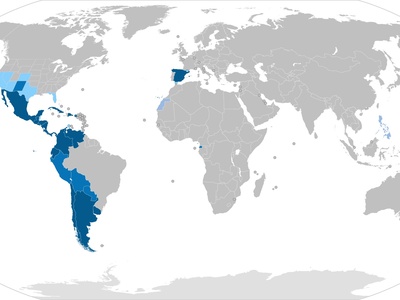
Spanish
The sole official language of Costa Rica, used in government, education, and daily life. Costa Rican Spanish is known for its unique “tico” expressions and the use of “usted” instead of “tú” for informal address.
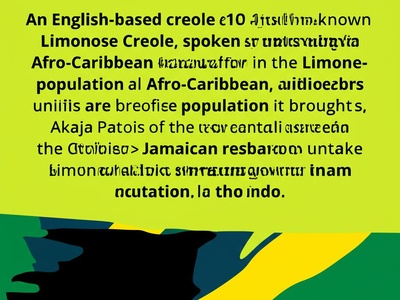
Mekatelyu
An English-based creole, also known as Limonese Creole, spoken by the Afro-Caribbean population. It’s a vibrant symbol of cultural identity in the Limón region, derived from Jamaican Patois brought by workers in the 19th century.
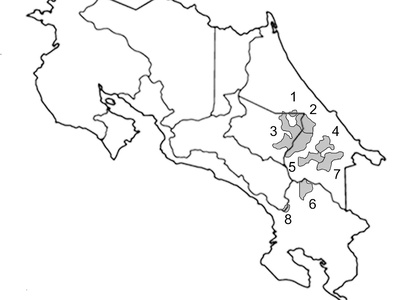
Cabécar
The most widely spoken indigenous language in Costa Rica. Its geographic isolation has helped it remain vigorous, with many speakers being monolingual. It is part of the Chibchan language family, closely related to Bribri.
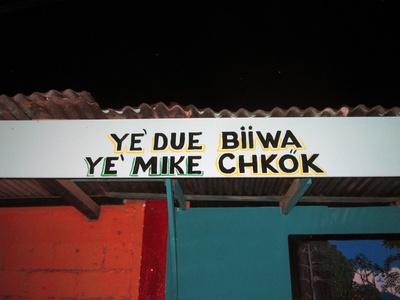
Bribri
One of Costa Rica’s most prominent indigenous languages. It holds deep cultural importance and is actively used in daily life and traditional ceremonies, with strong efforts in bilingual education to ensure its preservation for future generations.
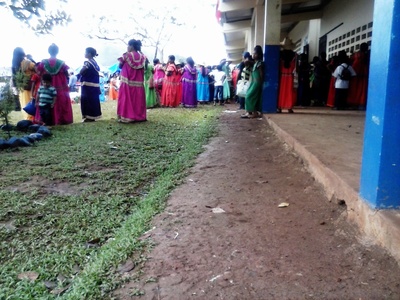
Ngäbere
Spoken by the Ngäbe people, who live on both sides of the Costa Rica-Panama border. It is the language of the largest indigenous group in the country and is essential for their cultural traditions and community life.
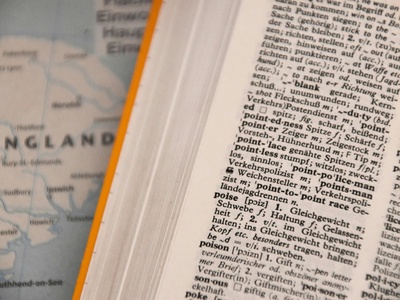
English
Spoken as a first language by a large community of North American and other expats. It is also the most common second language, widely used in tourism, international business, and taught extensively in schools across the country.

Costa Rican Sign Language
Known locally as LESCO (Lengua de Señas Costarricense), it was declared an official language in 2012 to protect the linguistic rights of the Deaf community. It is a unique language with its own grammar and structure.
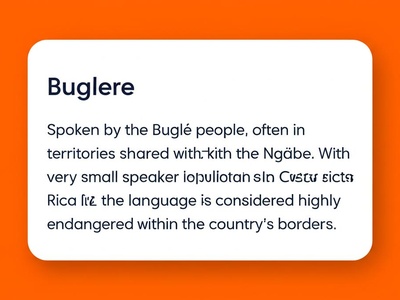
Buglere
Spoken by the Buglé people, often in territories shared with the Ngäbe. With a very small speaker population in Costa Rica, the language is considered highly endangered within the country’s borders.
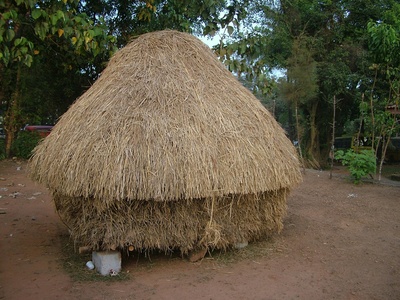
Maléku
Also known as Guatuso, this language is spoken by the Maléku people in northern Costa Rica. Despite the small number of fluent speakers, strong community-led revitalization efforts are underway to pass it on to younger generations.
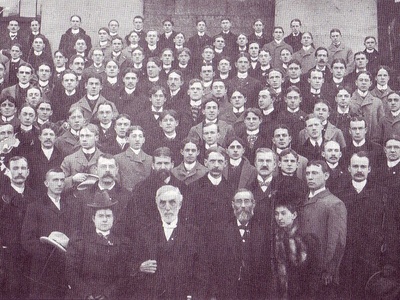
Plautdietsch
A variety of Low German spoken by traditional Mennonite communities who immigrated to Costa Rica in the mid-20th century. It serves as a primary language for daily life and religious services within these close-knit agricultural colonies.
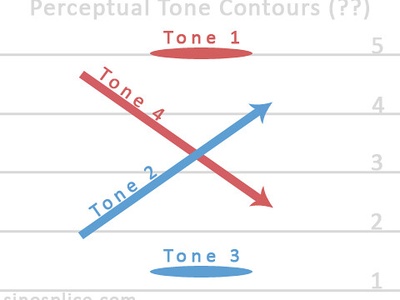
Mandarin Chinese
Spoken by the Chinese-Costa Rican community, one of the oldest and largest immigrant groups in the country. Its use is prominent in commerce and community life, reflecting a long history of Chinese influence in Costa Rica.

Boruca
Also called Brunca, this language is nearly extinct, with only a handful of elderly semi-speakers remaining. The Boruca people maintain a strong ethnic identity, and there are active efforts to document and revitalize their ancestral tongue.

Italian
Spoken by descendants of Italian immigrants who founded the agricultural colony of San Vito de Java in the 1950s. While most descendants now speak Spanish, Italian’s influence persists in the local culture, cuisine, and place names.
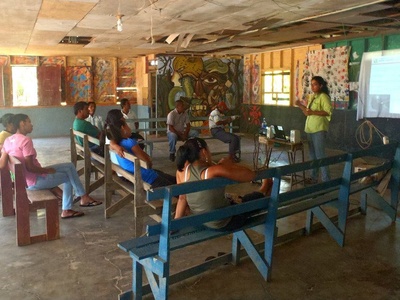
Térraba
The Costa Rican dialect of the Teribe language is no longer spoken. However, the ethnic group remains, and a closely related, vibrant dialect is still spoken across the border in Panama, offering a resource for potential revitalization efforts.
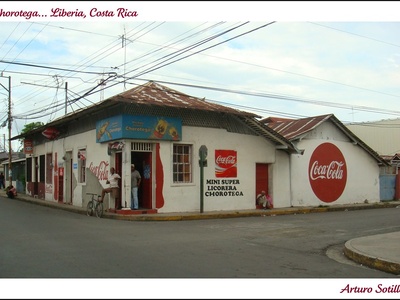
Chorotega
Once a dominant language in northwestern Costa Rica, Chorotega has been extinct since the 19th century. Its legacy survives in place names, local vocabulary, and the cultural identity of the Guanacaste region, particularly in pottery traditions.
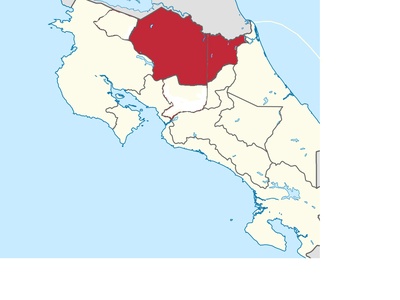
Huetar
The language of the Huetar people was the lingua franca of Costa Rica’s Central Valley at the time of Spanish contact. It disappeared by the 18th century, but its influence remains in many Costa Rican place names like Aserrí, Barva, and Curridabat.

